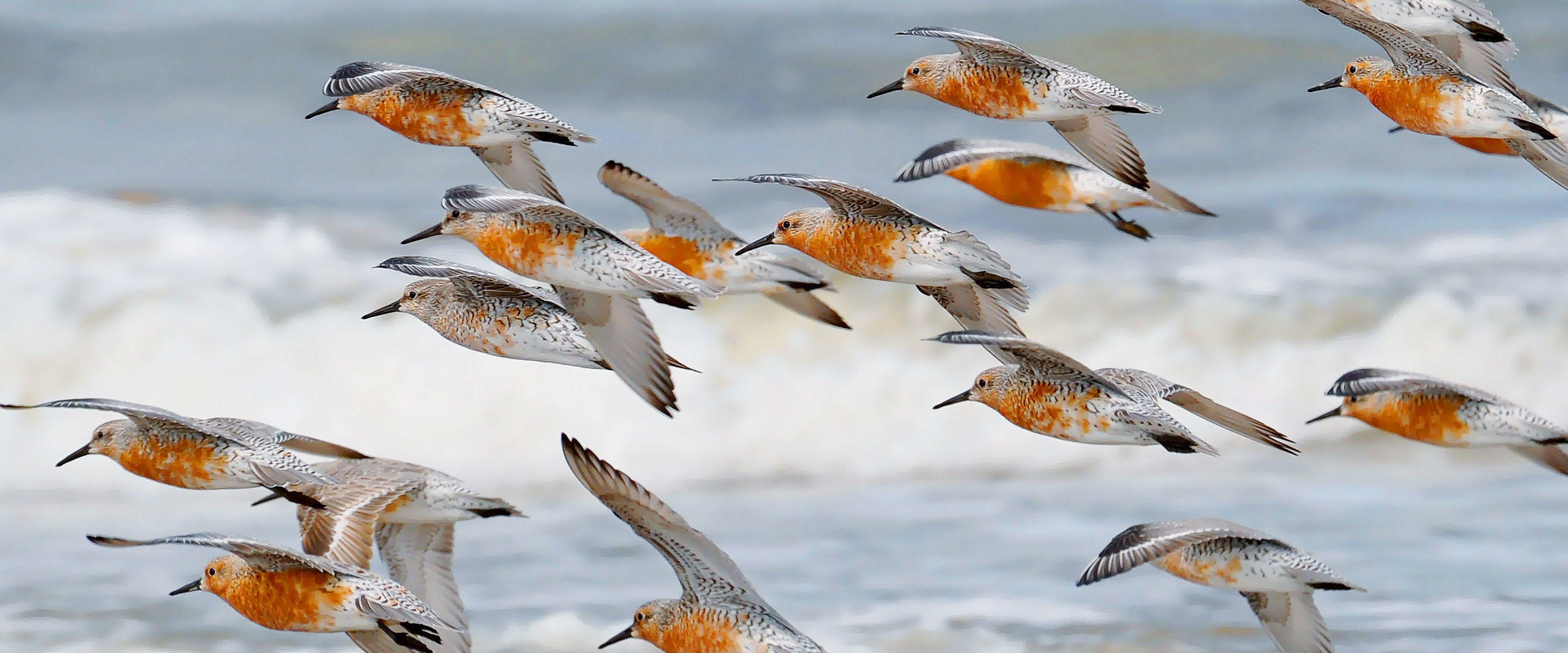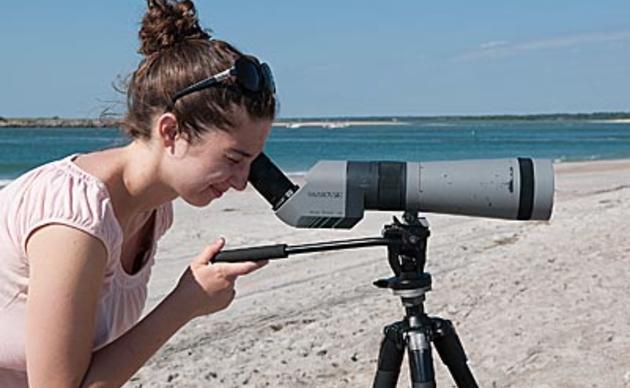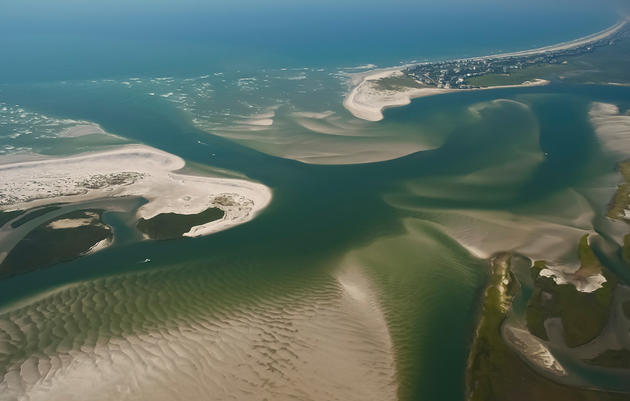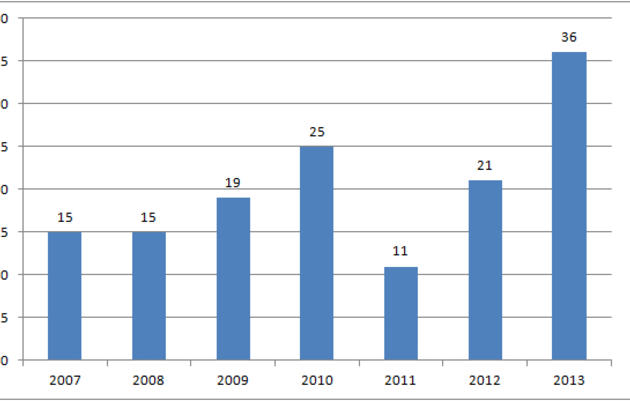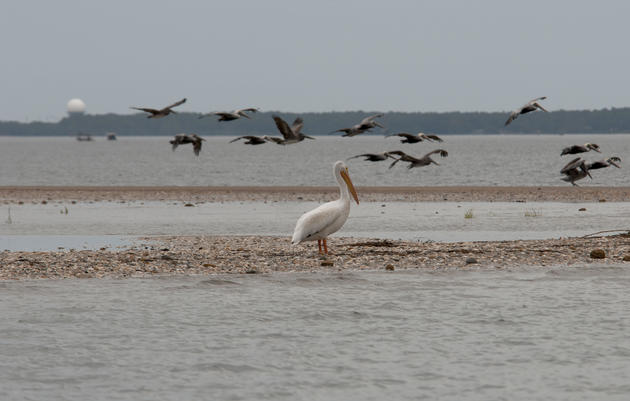We need your help protecting one of the LAST natural inlets in our state. Be the voice for our coastal birds!
The U.S. Army Corps of Engineers is proposing to construct a massive steel and rock wall, called a Terminal Groin, at Rich Inlet near Wilmington, NC. The Corps is currently taking comments to understand community concerns about this proposed structure until 5 p.m. Monday, September 14.
Proposed by the Figure 8 Homeowners Association’s Board of Directors, the proposed groin will destroy protected habitats for threatened bird species including the Piping Plover and Red Knot, and for many other species as well including Wilson’s Plovers, American Oystercatchers, Least Terns, Common Terns, and Black Skimmers. The groin will also prevent people from using and enjoying this natural inlet system.
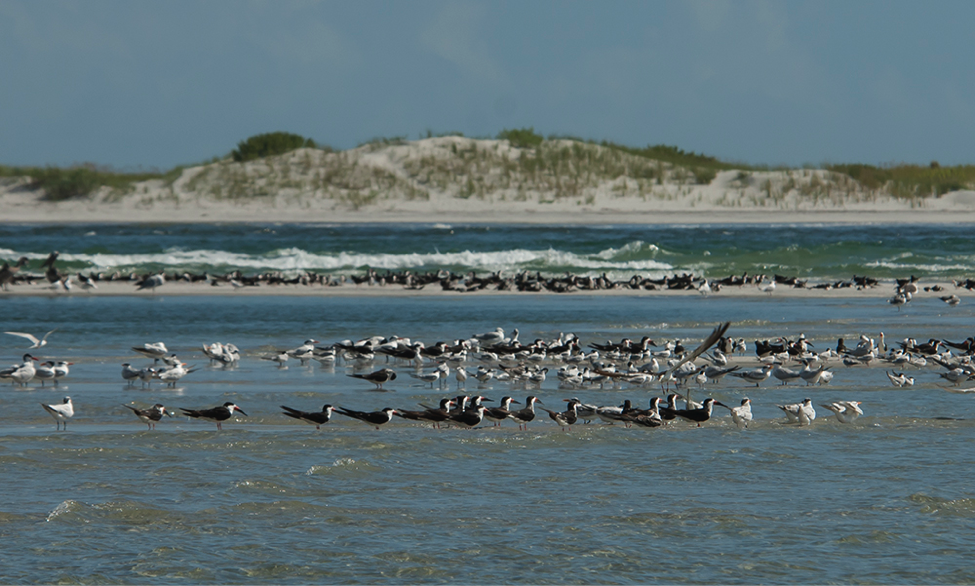
Of the twenty inlets in North Carolina, Rich Inlet is one of the few natural inlets left in the state. It has escaped hard structures like jetties and terminal groins that drastically alter inlets and destroy habitat that birds require. Rich Inlet is also one of the most stable inlets in the state and has remained in the same general location for the past 100 years. Rich Inlet (link), located in Pender County between Figure 8 Island and Lea-Hutaff Island is one of the best inlets in North Carolina for shorebirds.
Rich Inlet is designated as Critical Habitat for Piping Plovers (Critical Habitat Unit NC-11). Critical Habitat is defined as: “specific geographic areas that are essential for the conservation of a threatened or endangered species and that may require special management consideration or protection.” Audubon North Carolina has been monitoring how birds use Rich Inlet since 2007 and our surveys confirm that Rich Inlet is important as a migratory stopover and wintering habitat for Piping Plovers from the threatened Atlantic Coast breeding population and the critically endangered Great Lakes breeding population.
In addition, over 500 pairs of Least Terns have nested on the large, sandy spit located on the north end of Figure 8 Island, along with American Oystercatchers, Common Terns, Black Skimmers, Piping Plovers, Wilson’s Plovers and Willets. Learn more about the importance of Rich Inlet on our website.
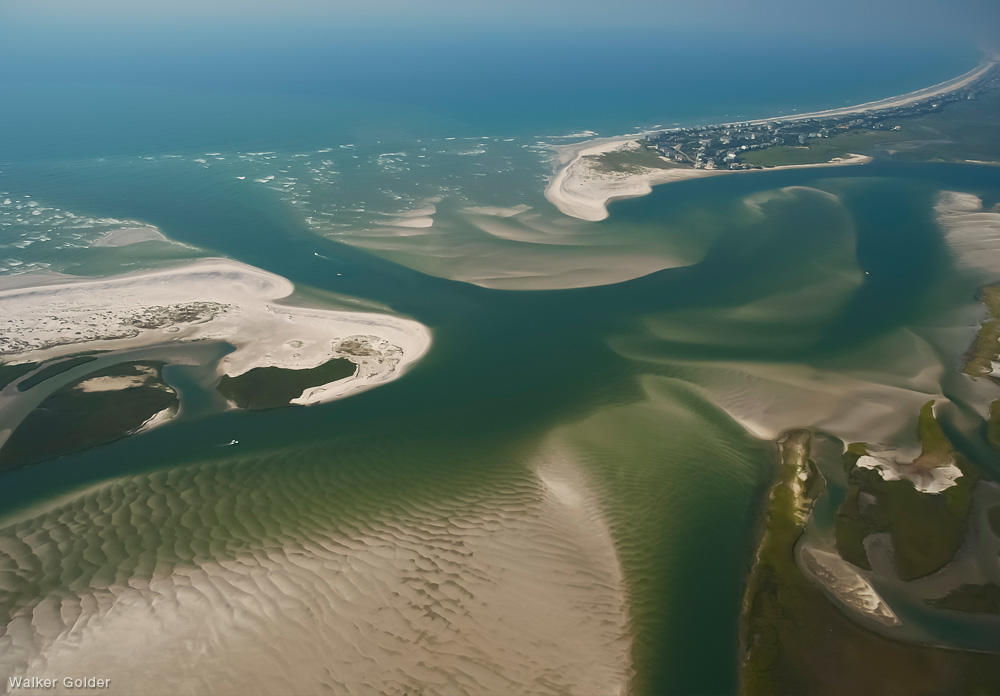
Help us stop the construction of this terminal groin and the unnecessary loss of essential habitat for shorebirds, terns and skimmers.
Now is your chance to help protect this beautiful place and critical habitat for our birds. You have until 5 p.m. Monday, September 14 to comment on this proposal. Written comments should be emailed to mickey.t.sugg@usace.army.mil or sent to:
Wilmington U.S. Army Corps of Engineers Field Regulatory Office
C/O Mickey Sugg
69 Darlington Avenue
Wilmington, NC 28403
Make your comments in your own passionate, unique voice. Here are some talking points to get you started:
- I want to protect our state’s natural heritage and Rich Inlet is one of the last untouched inlets in the state.
- Natural, unaltered inlets are essential to shorebirds and waterbirds. Without these important habitats, shorebirds and waterbirds would not have critical habitat to feed, rest and nest.
- Building a terminal groin will destroy the habitat that supports thousands of coastal birds.
- Building a terminal groin will impact my enjoyment of the inlet.
- Please DO NOT build a terminal groin at Rich Inlet.
Related
Rich Inlet Is Naturally Important to Birds
Rich is one of the few natural inlets left in the state. It has escaped hard structures like jetties and terminal groins that drastically alter inlets and destroy habitat that birds require.
Piping Plovers Stop Over at Rich Inlet in Record Numbers
It turned out to be a banner year for Piping Plovers at Rich Inlet. The previous six years' peak fall counts of Piping Plovers averaged just under 18 birds, but this year we counted 36 Piping Plovers at one time.
White Pelican Visits Rich Inlet
A rare American White Pelican rests at Rich Inlet. This species is not a resident of North Carolina; it is just passing through on its way to its wintering grounds.
How you can help, right now
Donate to Audubon
Help secure the future for birds at risk from climate change, habitat loss and other threats. Your support will power our science, education, advocacy and on-the-ground conservation efforts.
Sign Up For Our eNewsletter
Keep up-to-date on all that happens with Audubon North Carolina's research, events and volunteer opportunities.

